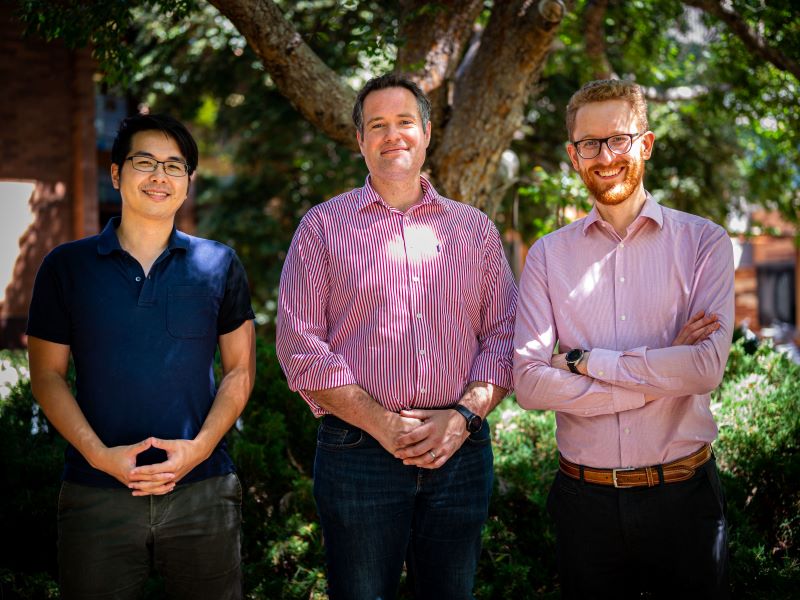ANU spinout Quantum Brilliance will try and integrate its small accelerators into some of the world’s most powerful supercomputing systems in a new tie up with a US government backed research lab.
The Australian startup, which pioneered diamond-based quantum technology, said it will develop a joint platform with the Oak Ridge National Laboratory, a large research facility in Tennessee that houses the world’s fastest supercomputer.
The partnership, announced on Thursday, will enable the collaborative development of quantum computing with high-performance computing (HPC), an emerging area that is being pursued at Oak Ridge.

The collaboration is supported by the ACT government and will focus on integrating an on-premises cluster of the startup’s quantum accelerators with US lab’s HPC systems. It aims to test the effectiveness and performance of parallelised quantum computing –multiple quantum processors working together – and Hybrid quantum computing with classical processors.
With the science not settled on the most effective technology for encoding qubits — the basic unit of information used to encode data in quantum computing — integration with classical computing offers a chance to keep testing without settling on a single technology and could deliver boosts to HPC performance for certain applications or algorithms.
A recent Oak Ridge National Laboratory study outlines a potential framework for boosting traditional scientific HPC by leveraging the quantum approach.
It recommends a high-speed network as the best way to connect quantum and classical in HPC infrastructure while identifying which algorithms and applications can take advantage of quantum computing.
Quantum Brilliance will offer up its diamond-based quantum technology for the pursuit. The company specialises in diamond quantum materials and small, ruggedised diamond quantum accelerators that operate at room temperature, while competitors have bet big on large heavily cooled machines with far more qubits.
The collaboration will also include new computational methods that exploit parallel and hybrid computing and new software tools, the partners said.
Quantum Brilliance chief executive Mark Luo said the collaboration is a significant step in the startup’s mission to bring quantum computing to practical applications.
“By integrating the world’s first cluster of room-temperature QPUs with Oak Ridge National Laboratory’s leading HPC infrastructure, we aim to demonstrate the benefits of parallel quantum computing,” he said.
“This is a critical milestone towards achieving massively parallelised quantum accelerators, which we believe will be the preferred architecture in HPC centres.”
After being spun out of ANU research in 2019, Quantum Brilliance secured seed funding, including the backing of the Victorian government’s venture fund last year in its US$18 million raise.
Oak Ridge National Laboratory was founded in 1943 and is funded by the US Department of Energy. It houses several of the world’s top supercomputers, including Frontier, ranked as the world’s most powerful.
The lab’s quantum science director Dr Travis Humble said parallel quantum computing has “transformative potential”
Partnering with Quantum Brilliance allows us to explore effective integration with our existing HPC systems, paving the way for groundbreaking advancements that will inform the design of future HPC infrastructure.”
Do you know more? Contact James Riley via Email.

